Selection and socio-economic and biophysical characterization of Gumara-Maksegnit watershed research site

Authors:
Bread wheat is one of the most staple food crops in the world and one of the most important cereals cultivated in Ethiopia. The most suitable agro-ecological zones for wheat production fall between 1,900 and 2,700 meters above sea level. Fourteen released bread wheat varieties were tested at the vertisols of the watershed for their suitability to the Gumara-Maksegnit area of Amhara region. Weeding and other management practices were done as per recommendation. The Spearman rank analysis showed significant correlation between farmer's selection and grain yield. The farmer's selection scores were significantly and positively correlated with grain yield with correlation coefficients of 0.737. The results of this showed that farmers were as efficient as breeders in identifying high-yielding varieties with desirable traits for their specific environment. Farmer's selection criteria were resistance to waterlogging, uniformity in terms of stand and maturity, spike length, tillering capacity, disease reaction and seed colour.
